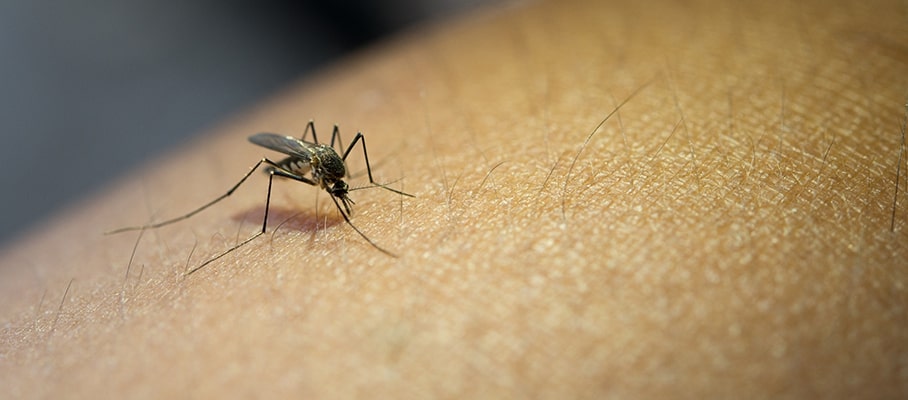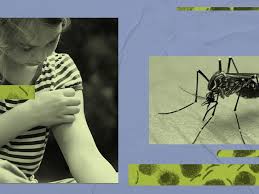Dengue, malaria and viral fever are the most spread diseases among seasonal diseases. Dangerous diseases like dengue, chikungunya and malaria spread due to mosquito bites. Dengue is considered the most dangerous of which. Platelets fall rapidly in dengue, due to which the patient can reach a critical condition. Dengue causes high fever, vomiting and headache. Let us know from Senior Doctor R. S. Mishra of Fortis Hospital how dangerous is dengue and what to eat and what to take care of when you have dengue fever?

Dengue fever is a serious viral infection, which spreads due to the bite of Aedes mosquito. First of all, know the symptoms of dengue. Dengue causes high fever, pain in muscles and joints, and rashes on the body. In severe cases, such as dengue hemorrhagic fever and dengue shock syndrome, bleeding, organ failure, and even the risk of death can occur.
How many platelets should there be in dengue?
There are 3 to 4 lakh platelets in the body of a normal person. But platelets fall when dengue occurs. If the platelets reach 1 lakh or 50 thousand in the body, then the patient starts panicking. But according to doctors, if the platelets fall below 10 thousand, but the patient is not bleeding, then there is no need to worry much. Yes, continuous monitoring is very important. Along with this, the doctor can transfuse blood to increase the platelets to the patient according to the situation.
Dangerous symptoms of dengue
Nose bleeding from gums
Fever remaining more than 100 degrees
Rashes appearing on the body

Vomiting and diarrhea
What to feed the patient in case of dengue?
According to doctors, the patient should be fed fruits rich in vitamin C in dengue. For this, include kiwi and pear and other vitamin C rich fruits and vegetables in the diet. Give more liquid diet to the patient. Give coconut water to drink. Give fresh homemade soup to drink. Give juice made at home. Keep giving water continuously. Feed home-made light and easily digestible food.




